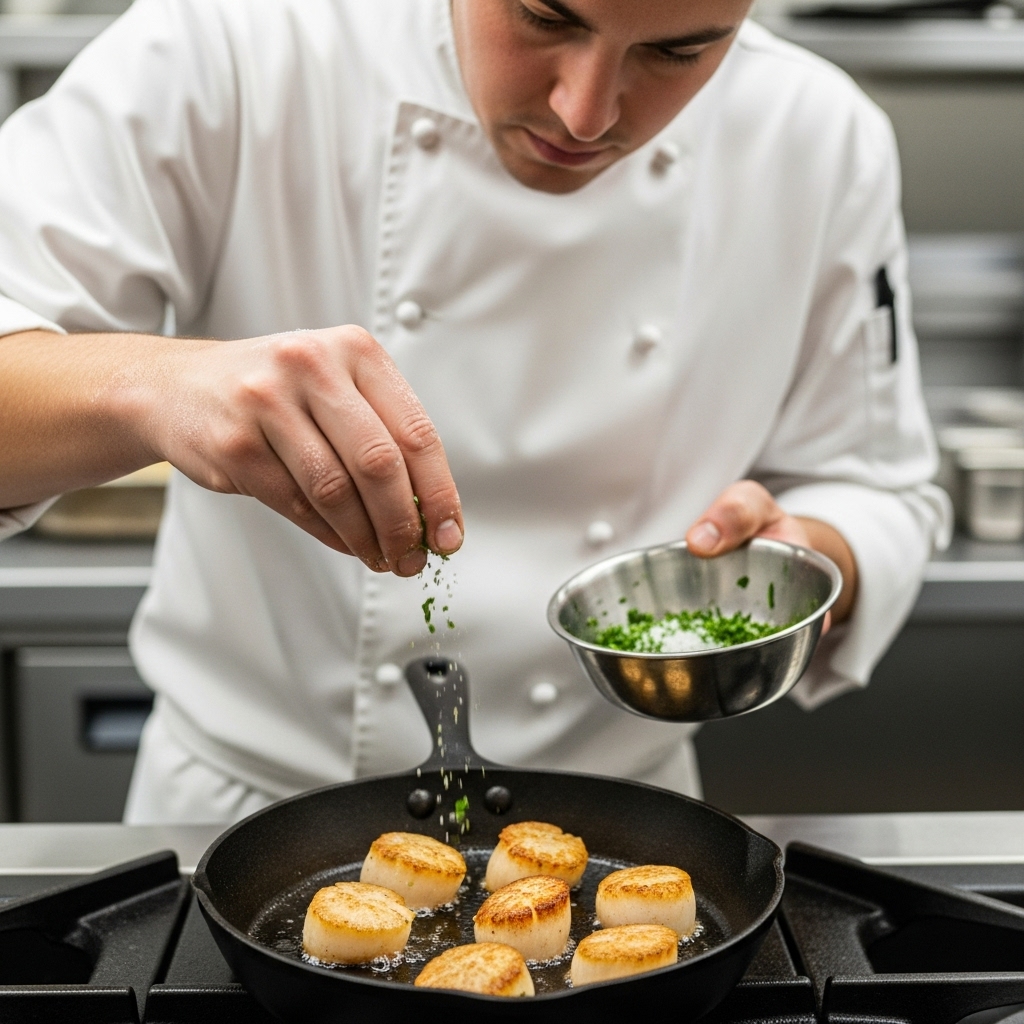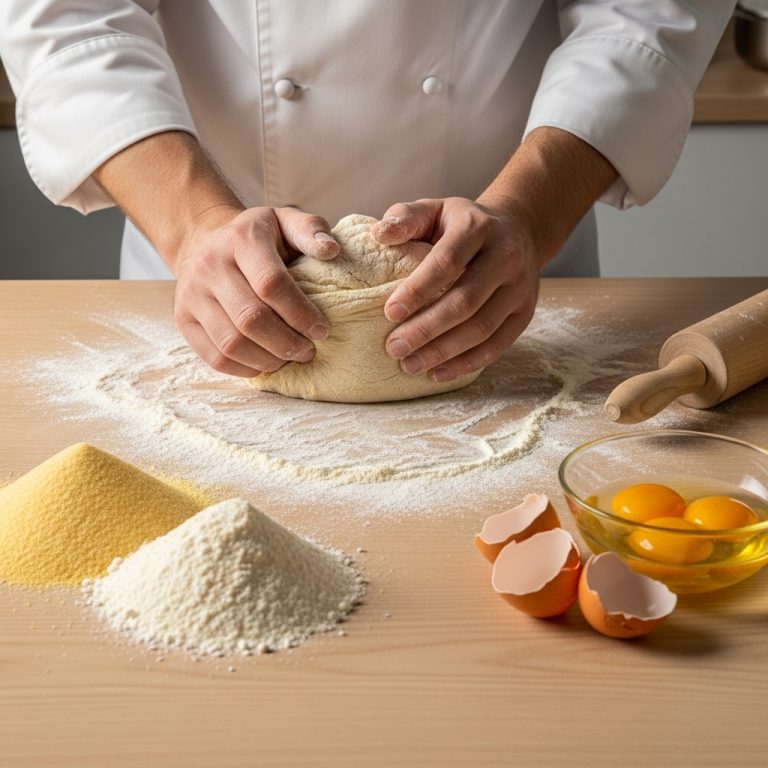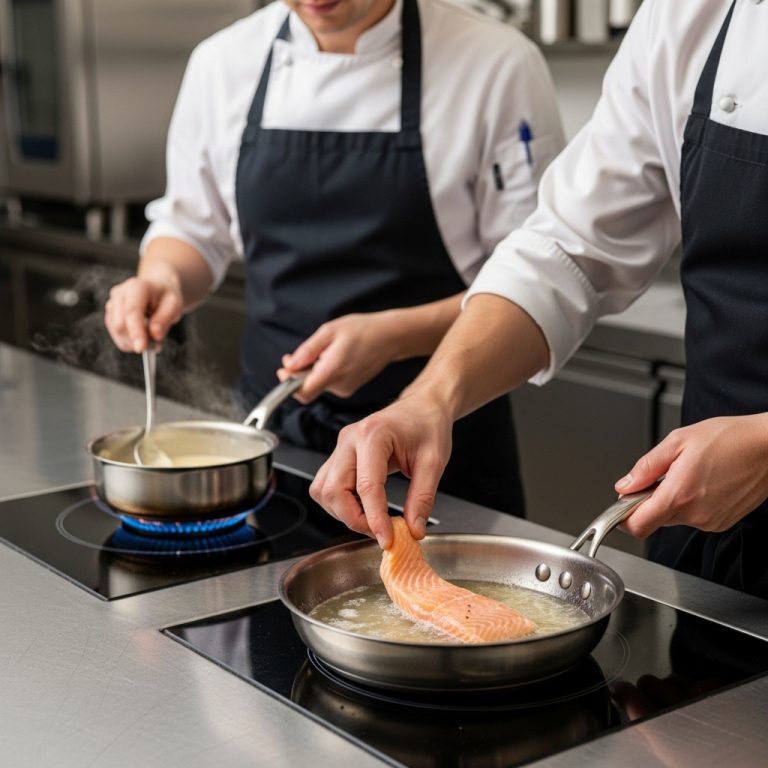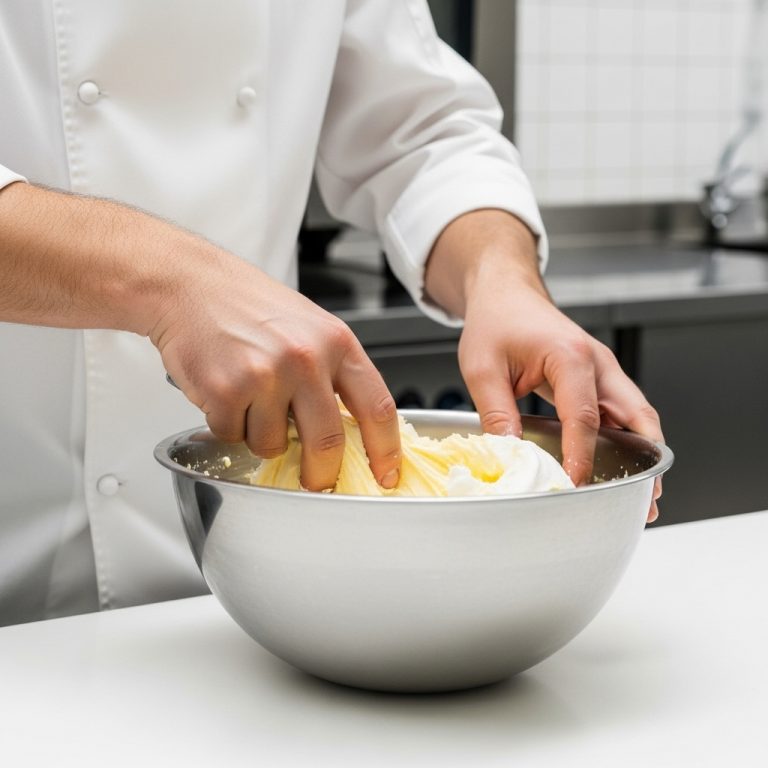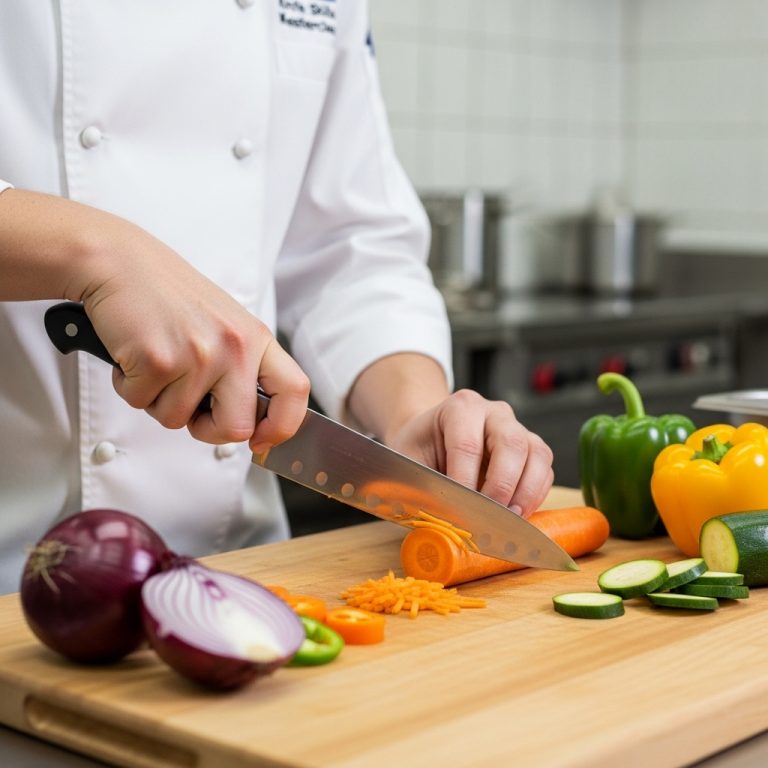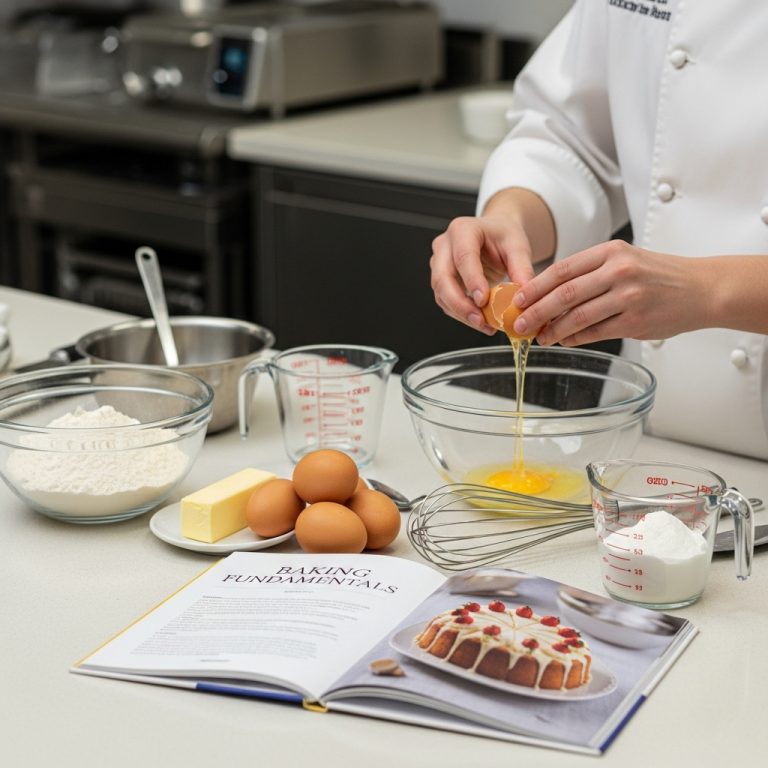Culinary Seasoning Control
Objective: To understand and master the art of seasoning control in cooking to enhance flavor profiles and create perfectly balanced dishes.
Core Concept: Seasoning control is the practice of adjusting and maintaining the appropriate balance of flavors in a dish, primarily through salt, but also through other spices and herbs. This skill allows you to create dishes that are both delicious and well-balanced, ensuring a pleasant dining experience for your guests.
Tools & Setup: To start this lesson, you will need a variety of seasonings such as salt, pepper, herbs, and spices, a mortar and pestle (optional), a teaspoon, and a cutting board with a knife. You’ll also need a few ingredients like onion, carrots, celery, and some chicken or vegetable broth to cook with during the practical part of the lesson.
Step-by-Step Practical:
1. Begin by seasoning raw ingredients such as meats, fish, or vegetables before cooking them. For instance, when cooking chicken, start by seasoning it with salt and pepper, and let it sit for about 30 minutes to absorb the flavors.
2. After preparing your protein or vegetables, heat some oil in a pan over medium heat. Sauté your onions, carrots, and celery until they become tender. Season these sautéed ingredients with a pinch of salt as you cook them. The salt not only enhances the flavors but also helps to draw out some of the moisture, making them tender faster.
3. When using broth or other liquids in cooking, remember to taste and season the liquid itself. A well-seasoned broth will contribute significantly to the overall flavor of your dish.
4. As you cook, continue tasting and adjusting the seasonings, ensuring a consistent level of flavor throughout the entire dish. Be mindful not to over-season as this can make the food taste salty or overpower the other flavors.
5. When seasoning cooked dishes, remember to do it delicately, adding just enough salt to bring out the other flavors without making them dominant. The key is in the balance.
6. Finish your dish with a final touch of herbs and spices if needed, such as a sprinkle of fresh parsley or a dash of cayenne pepper.
Culinary Science Insight: Salt’s role goes beyond just enhancing flavor. It also helps in breaking down proteins, making them tender, and it aids in the browning process by helping create Maillard reactions on the food surface. When using other spices or herbs, understanding their individual properties and how they interact with each other is crucial for achieving the desired balance of flavors.
Pro Tips & Variations: It’s important to remember that seasoning is a personal preference, so don’t be afraid to experiment. However, always start slow and taste regularly to avoid over-seasoning your dish. For instance, you can use smoked paprika instead of regular paprika for a deeper flavor or add a pinch of cumin for an earthy undertone.
Homework / Practice: Prepare a simple dish using protein or vegetables, follow the steps above, and practice seasoning at each step. Remember to taste and adjust the seasoning regularly.
Reflection: In this lesson, you’ve learned how important it is to control your seasonings in cooking for a well-balanced and delicious dish. Practice is key, so continue experimenting with different ingredients and seasonings. The more you practice, the better you’ll become at mastering the art of seasoning control!

